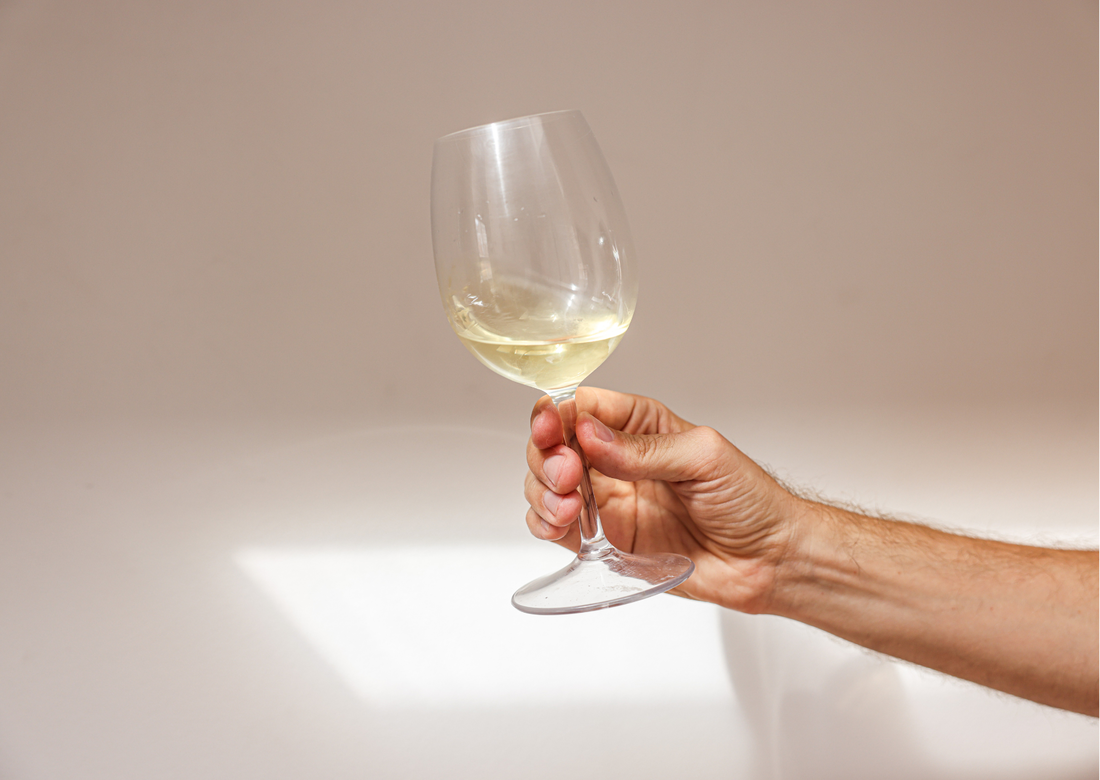|
In the high-stakes world of corporate law, where every move can make or break a career, Harvey Specter from Suits stands out as the ultimate professional. With his sharp wit, unshakable confidence, and flawless sense of style, Harvey isn’t just a top lawyer—he’s a masterclass of sharp professionalism. Business etiquette is crucial in today’s competitive business environment, where first impressions can make or break a deal. Harvey’s success is no accident; it’s the result of combining brilliant strategy with impeccable manners…and style. This is how mastering business etiquette can transform you from a good professional into an extraordinary one. What are Business Etiquette Skills In the research paper “Using Business Etiquette Nowadays. Qualitative Research on Business Phoning, Emailing and Meetings”, Nicolau et al. explain, “Business etiquette is not only about knowing what to say and how to say or how to address others. It is also about showing ourselves to look responsible and able to carry out the business or the tasks given. Moreover, business etiquette relates to non-verbal communication (mimics, gestures, attitude, tone of voice etc.).” Let’s understand what is under the umbrella of business etiquette and how we can use it in a few easy steps. Why is Business Etiquette Important Nicolau et al. explain that business etiquette “implies providing basic social comfort and creating an environment where others feel comfortable and secure, improving communication.” So, how can we show professionalism by using business etiquette as communicators and broadcasters?
Professionalism: Good impressions are a valuable resource in business. Attitudes such as punctuality, completing work on time, a business-like demeanour, and honesty demonstrate reliability and dedication.
Networking: Building a strong professional network is essential for career growth. This includes attending events, engaging in meaningful conversations, and following up with contacts. Remembering names, being a good listener, and showing genuine interest in others can help you leave a lasting positive impression. Networking is a wonderful tool, and it should be used. Corporate Entertaining: Business meals are common due to remote working. The key is to watch how you conduct yourself at the table, which can reflect on your professionalism. Good table manners are important, such as waiting for everyone to be served before eating and knowing when and how to discuss business. Conclusion In an era where technical skills and expertise are often comparable among competitors, business etiquette can be the differentiator that sets you apart. As Harvey Spector would say, "It's not just about the deal, it's about how you close it." Business etiquette is that unspoken language that can open doors, build networks, and ultimately drive success. It's a critical element of professionalism that can transform you from just another player in the game to a strategic mastermind. Whether you are just starting your career or are a seasoned professional, it’s never too late to refine your business etiquette skills. The benefits are tangible and can have a lasting impact on your professional journey.
0 Comments
In today's hyper-connected world, we're bombarded by a constant barrage of messages – emails, texts, social media updates – from everyone about everything. This constant influx can leave us feeling overwhelmed and anxious. Ironically, when the notifications stop, we might find ourselves checking our phones incessantly, waiting for the next hit. This phenomenon underscores the need for mobile phone etiquette – a set of guidelines that help us manage our phone usage responsibly and maintain our well-being.
What is Mobile Phone Etiquette? Mobile phone etiquette refers to the proper and considerate way to use mobile phones in various settings. It encompasses behaviours and practices that ensure our phone use does not disrupt social interactions, work environments, or personal well-being. Adopting good mobile phone etiquette helps create a balanced relationship with technology. Why is Mobile Phone Etiquette Needed? The need for mobile phone etiquette arises from the pervasive presence of mobile devices in our daily lives. Without mindful usage, phones can intrude on our personal interactions, hinder productivity, and contribute to stress. Establishing etiquette helps mitigate these issues by setting boundaries and encouraging healthier tech habits. Here are some key reasons why mobile phone etiquette is essential:
Tips for Implementing Mobile Phone Etiquette Here are some phone etiquette tips you can implement for yourself and your family to create healthier tech habits:
Wrapping It Up By implementing these simple tips, you can transform your relationship with your phone from one of dependence to one of control. You'll find yourself feeling less stressed, more present in the moment, and able to cultivate stronger connections with the people around you. Remember, technology is a tool, and like any tool, it's most effective when we use it intentionally and thoughtfully. Embrace mobile phone etiquette and reclaim your time, attention, and peace of mind. What Is The Point of Fine Dining Fine dining is characterised by its meticulous attention to detail, superior quality of food, sophisticated atmosphere, and exceptional service. Unlike casual dining, where the focus is primarily on the meal itself, fine dining encompasses every aspect of the dining experience. This includes everything from the carefully curated menu and expertly crafted dishes to the elegant decor and attentive service. What is Considered Fine Dining Elegant Ambiance: The atmosphere in a fine dining restaurant is designed to be elegant and sophisticated. This often includes high-end furnishings, soft lighting, and tasteful decor. The ambiance is carefully crafted to provide a serene and luxurious setting that complements the dining experience. Impeccable Service: Service in fine dining establishments is attentive and professional. Waitstaff are typically highly trained and knowledgeable about the menu, including the ingredients and preparation methods. They often provide recommendations and ensure that each guest's dining experience is seamless and enjoyable. Attention to Detail: Every element of fine dining is executed with precision and care. This includes the table settings, which often feature fine china, crystal glassware, and elegant silverware. The overall experience is designed to be flawless, with each detail contributing to the overall sense of luxury and refinement. What is a Fine Dining Menu?
A fine dining menu is a carefully curated selection of dishes that showcase high-quality, often gourmet ingredients prepared with expert culinary techniques. It typically features a range of courses, including entrees, a main dish and desserts, each scientifically designed to offer a harmonious blend of flavours and artistic presentation. Menus in fine dining establishments often change seasonally to incorporate the freshest ingredients and may include alcoholic or non-alcoholic also different water-types as pairings to enhance the overall dining experience. How to do Fine Dining To fully appreciate the fine dining experience, consider the following tips:
Conclusion Fine dining is a celebration of culinary excellence, elegance, and exceptional service. It offers a unique opportunity to indulge in a luxurious dining experience that stimulates all the senses. Whether you're a seasoned foodie or new to the world of gourmet cuisine, fine dining provides a memorable journey through the art of food. By understanding and appreciating the key elements that make up this refined dining experience, you can fully immerse yourself in the sophistication that fine dining has to offer. Article Published In: LinkedIn Unravelling the complexities of wine is a sensory journey that begins with careful observation. From the initial visual assessment to the final, lingering taste, each step provides valuable clues about the wine's character. By mastering the art of seeing, swirling, smelling, sipping, and savouring, wine enthusiasts can elevate their appreciation for this complex beverage.
Conclusion The process of wine tasting is a multi-sensory experience that requires attention to detail. By systematically observing the wine's appearance, aroma, and taste, one can develop a deeper understanding of its intricacies. From the initial visual inspection to the final, lingering impression, each step contributes to a holistic appreciation of the wine's unique qualities. Ultimately, the goal is to savour the experience and discover the subtle nuances that make each wine truly special. Article Published In: Etiquipedia.blogspot.com In an age of instant connection and constant communication, the importance of etiquette might seem outdated to some. However, etiquette's core principles – kindness, empathy, and respect – are more relevant than ever. It's the foundation for positive interactions, fostering a world where civility and respect prevail.
The Three Pillars of Etiquette The French word "étiquette," coined around the 1750s during King Louis XIV's reign, translates to "little ticket." While the term's origin might seem quaint, its essence remains profound. True etiquette goes beyond mere manners, encompassing three key elements:
Etiquette's Diverse Landscape These core principles manifest in various forms throughout our lives. Here are some key types of etiquette we encounter:
The Power of Positive Interactions Etiquette isn't about rigid rules or outdated social norms. It's about creating a framework for positive interactions. By embracing kindness, respect, and consideration, we foster a more civil and connected society. Consider the ripple effect – a simple act of courtesy can brighten someone's day, inspiring them to pay it forward. Conclusion Incorporating etiquette into our daily lives isn't about achieving perfection. It's about fostering a conscious effort to treat everyone with dignity and respect. By embracing these core principles, we contribute to building a more positive and harmonious world, one kind interaction at a time. |
AuthorElizabeth Soos Archives
March 2025
Categories |
|
CONTACT US Submit Your Enquiry |








 RSS Feed
RSS Feed

